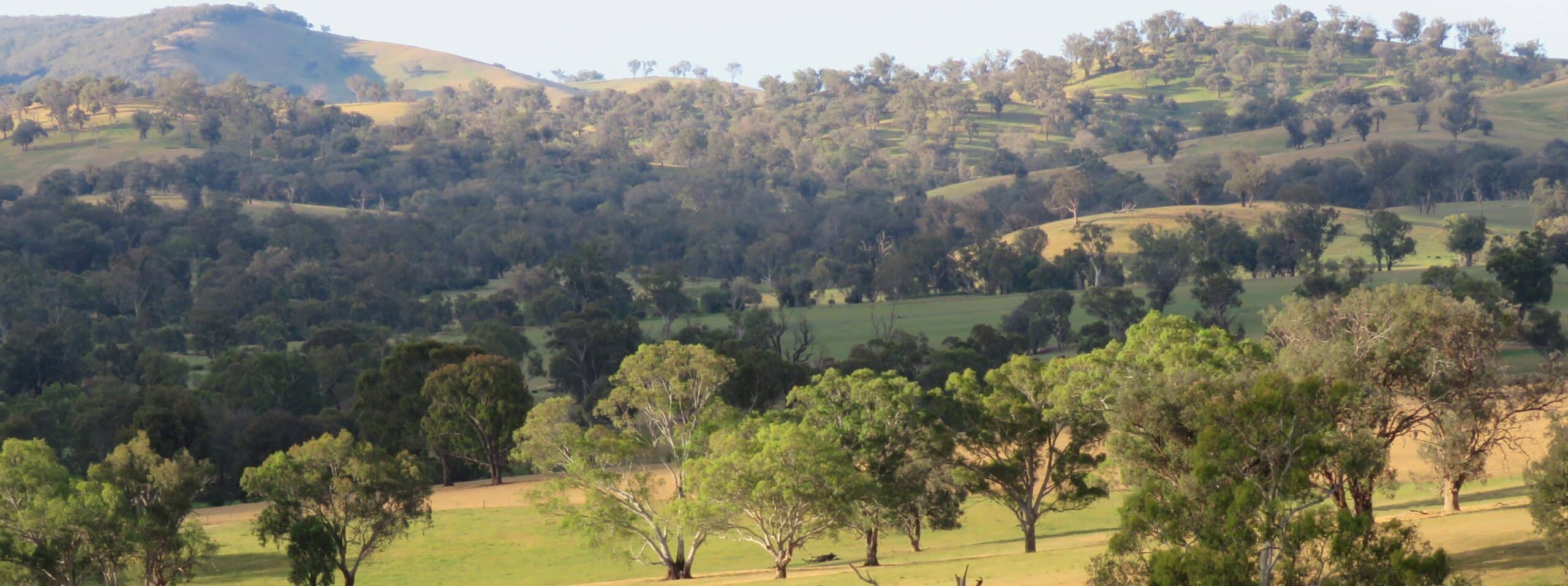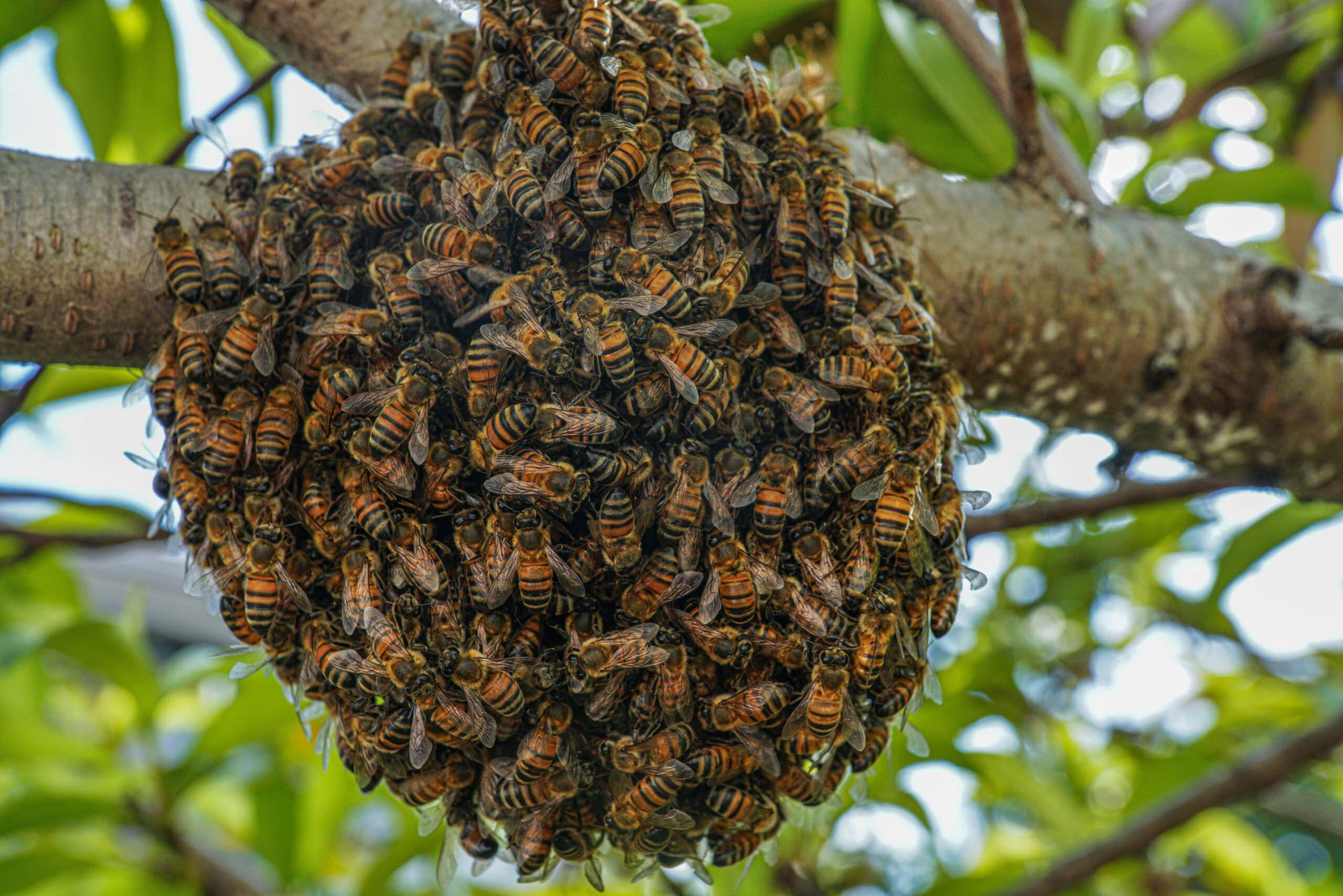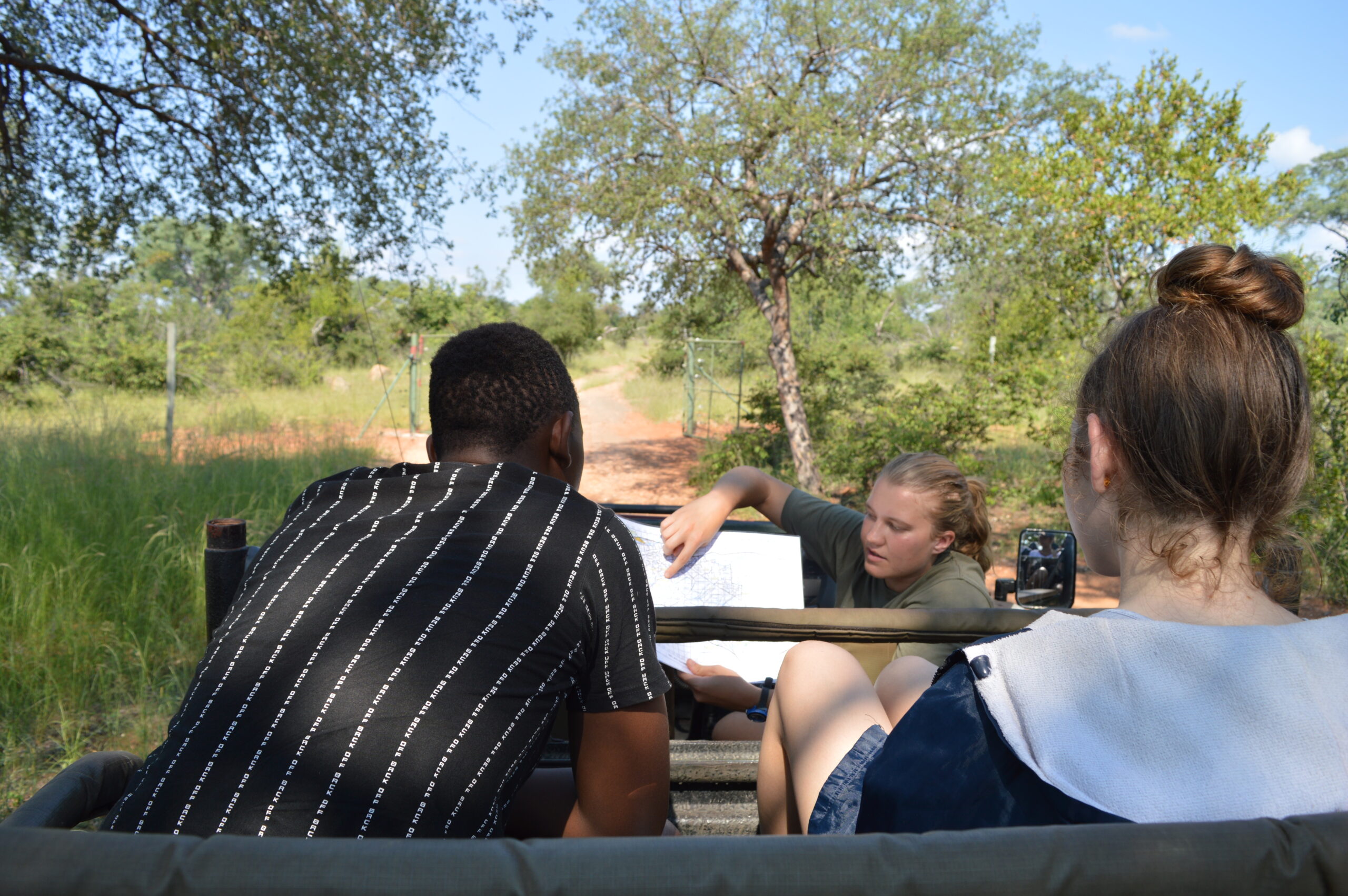How do you protect a forest?
That’s the question A Rocha Kenya is wrestling with in the Dakatcha Woodlands on the coast of Kenya. That’s the question facing the world as our planet undergoes a global biodiversity crisis with over one million species at risk of extinction.[1]
How do you create resilient landscape where biodiversity and people can thrive together?
In Australia, it was relatively straightforward. I worked for a few years with Cassinia Environmental; as long as we had enough money, we could buy land with good quality habitat, change the legal status of the land to conservation and, with a bit of weeding, that would be that. That land was now protected in perpetuity for conservation. Provided there were no natural disasters or anarchy we could pretty much set and forget. We could trust the legal systems and government structures and community attitudes to property ownership to protect the biodiversity of that property.
No so in Kenya, it’s an altogether different story! Protecting land in Kenya is complicated. A Rocha Kenya has been purchasing land to create a nature reserve since 2014. However, the government has not yet issued land titles for any of the property we have purchased. We can only buy the right to own the land – an agreement witnessed by a lawyer – not the land itself. A risky business. The alternative is doing nothing so we take the risk. More challenging, we’re not buying from one land owner in one clean deal, but from hundreds of landowners with complicated family dynamics and disagreements about who owns the land. After hours and days and weeks of conversations with cousins and brothers and village chiefs we finally locate the official owner of the land. They might own 100 acres but only want to sell 10 acres at a time to manage their finances. Instead of one deal to secure the 100 acres, we need to strike 10 deals. This increases the time and human resources needed, increases the risk of land degradation before we can complete the purchase and increases the price for every portion of land. Sometimes, when a price has been agreed on for the land but before the process is finalised, a cousin or nephew of the landowner will hear about the deal and cut down all the large old trees to sell for timber or charcoal for a bit of extra cash, undermining our original intent for purchasing the land.
Finally, A Rocha Kenya owns the rights to the land, the community recognizes the land ownership and we can begin managing the property for conservation. The complications continue. In a cash-poor economy, a forest is a big temptation for any young lad with a chainsaw and a motorbike to earn a bit of extra money. We have had to employ a team of 12 to regularly patrol our land for illegal activities. Every day they spread out across our Reserve, preventing poachers from helping themselves to our resources. We even have to protect our grass. In Kenya, livestock are grazed across the landscape. The world is their oyster. Anywhere there’s a spare bit of grass, you’ll find a goat or cow chomping away. These guys don’t even know what fences are. For the local community, we don’t mind them grazing in our reserve. We’ve got good relationships with most people and the herds are only 5-15 head of livestock. Low impact grazing is not a problem and we’re happy to share our reserve with the local community – as landowners we are now part of the community, after all.
However, word has got out that Dakatcha grass is good. From 2020, thousands of livestock started moving into our Reserve. Sheep, goats, cows and camels bulldoze through the landscape, demolishing community crops and protected biodiversity alike. Dozens of herders from the north now bring their livestock every year to graze in this green space we have preserved. Climate change means that the north of Kenya is growing drier every year so the herders and their livestock hit the road in search of food. Increased privatization of land, a growing population and no national land use strategy means that there aren’t that many spaces left for the herders to go. Their traditional way of life is becoming increasingly difficult. Conflicts with other communities kept them moving in search of feed for their herds. And now they’re in our home. We have tried to meet with them, talk with them, explain to them they’re trespassing but they don’t want to listen. They don’t want to go. The community are frustrated, and the situation is becoming increasingly tense and violent. Last week we recruited 32 police officers to remove 16 different groups of herders and thousands of livestock from our Reserve. Where will they go? We don’t know, but the consensus is that they can’t stay here.
Protecting our forest is complicated.
It is not easy to steward this land we’ve been entrusted with. It’s a messy patchwork of threatened trees and endangered animals and vulnerable people. What does it look like for A Rocha to protect this forest? As conservationists, yes, but primarily as Christians who care for nature and for people. How do we love our neighbour when our neighbour comes with thousands of hungry livestock? How do we defend the cause of the local community and the threatened trees AND the herders – all of whom are at risk and fighting for survival but whose interests seem at odds with one another. How can we be people of peace and love and generosity? How can God’s kingdom come in Dakatcha, on earth as it is in Heaven? How can we protect our Reserve and offer it as a blessing to others? What does it look like for the risen saviour Jesus to be Lord of Dakatcha? What does it look like for us to be His people in this place.
Pray for us as we protect our forest. We protect it for the Sokoke Scops owl to have a safe home. We protect it for the community to have a landscape with healthy ecosystem services. We protect it for the African coast to keep its original, God created habitat. We protect it for the world to have natural spaces that reflect the glory of God. We protect it to worship Christ, who made it, sustains it and redeems it. From hungry cattle to no formal land protection and increased desertification from climate change, the micro to macro challenges feel weighty and far beyond our control. Pray that we would trust all the challenges of every size into God’s able hands and do our bit as His people to protect His forest.
[1] According to the IPBES (2019) global assessment.
The Living Planet Index (WWF) shows an average 69% decline in monitored wildlife populations since 1970.
By Anna Radkovic



